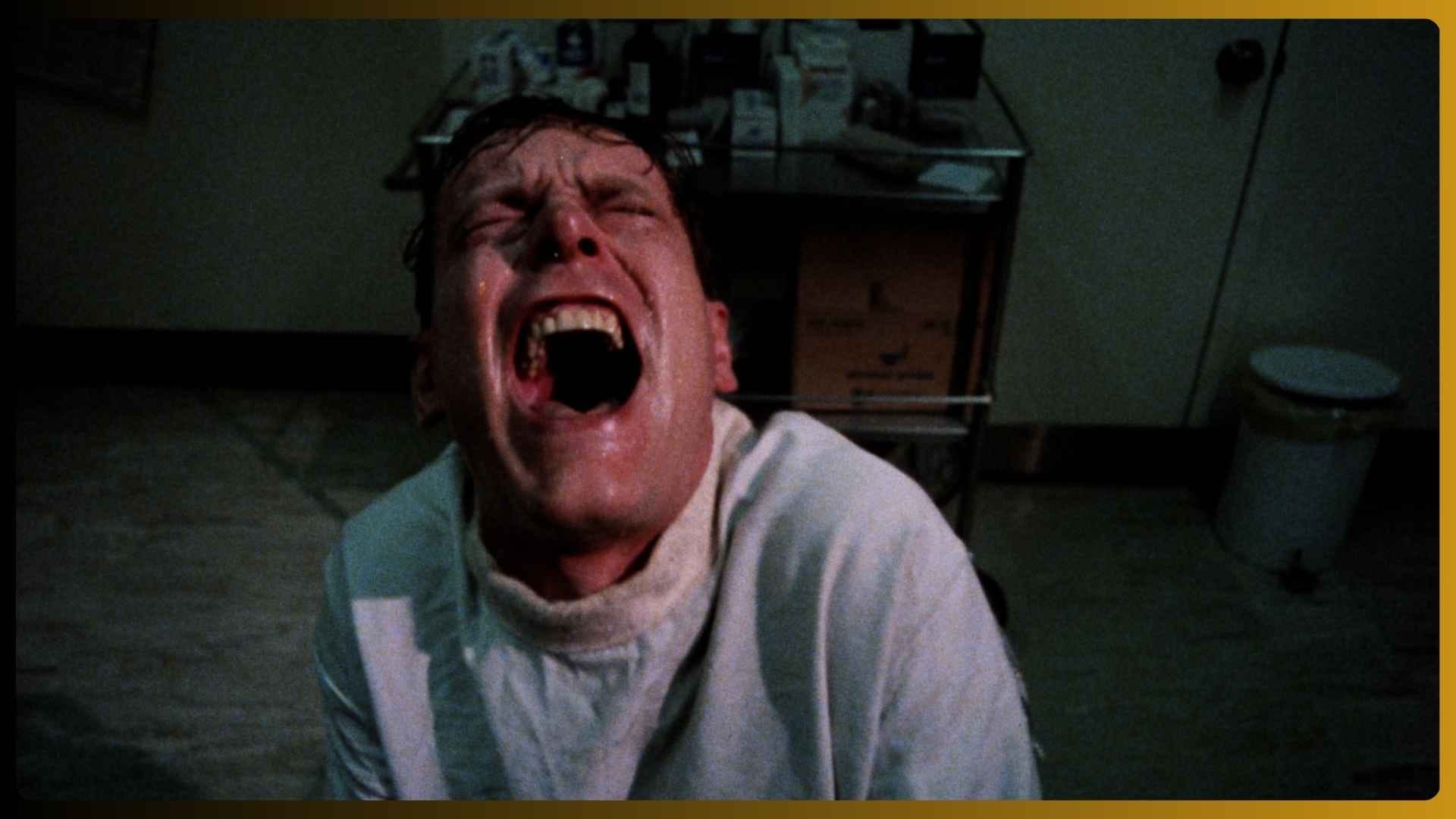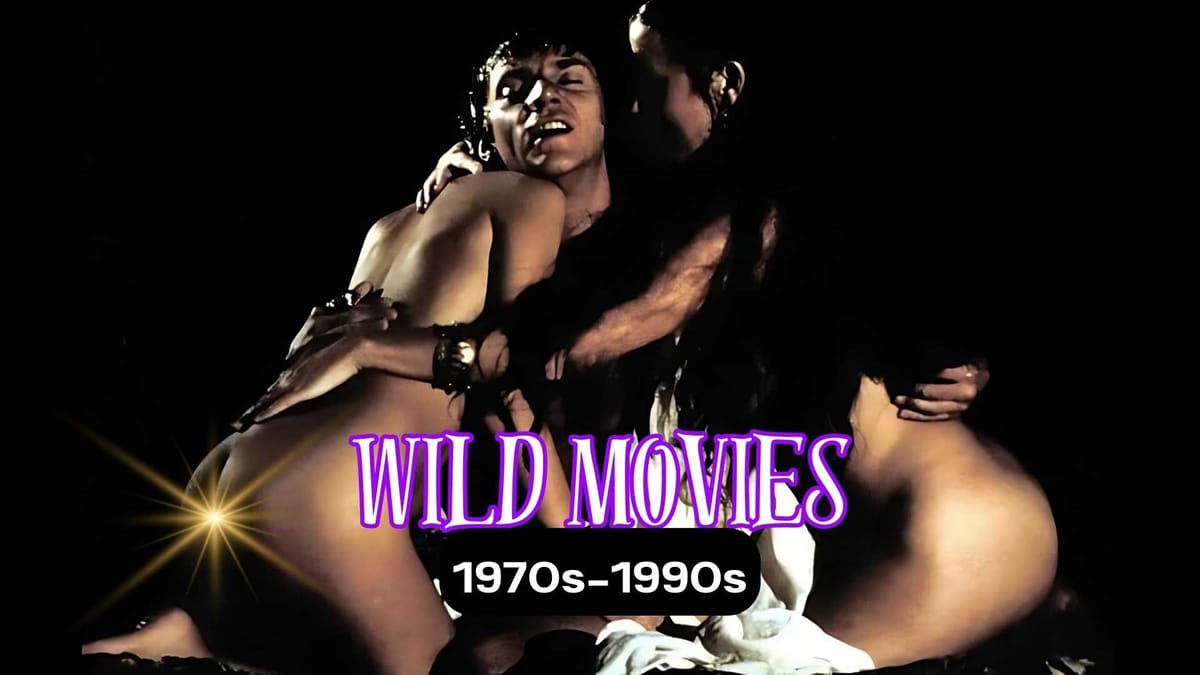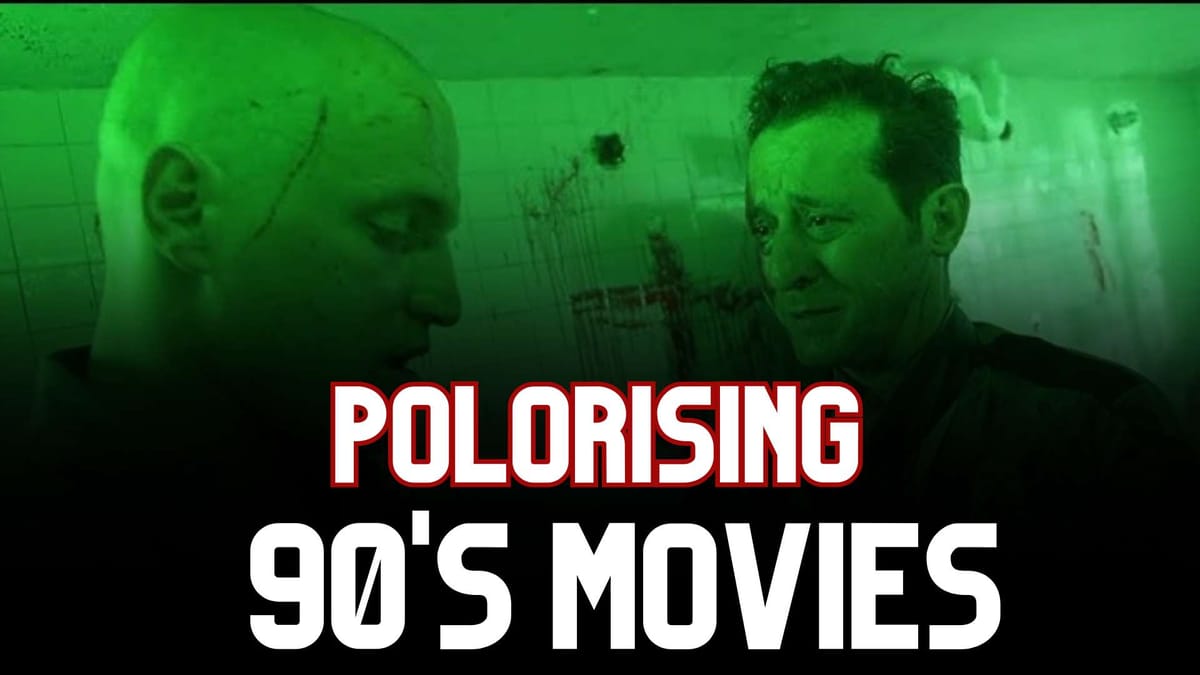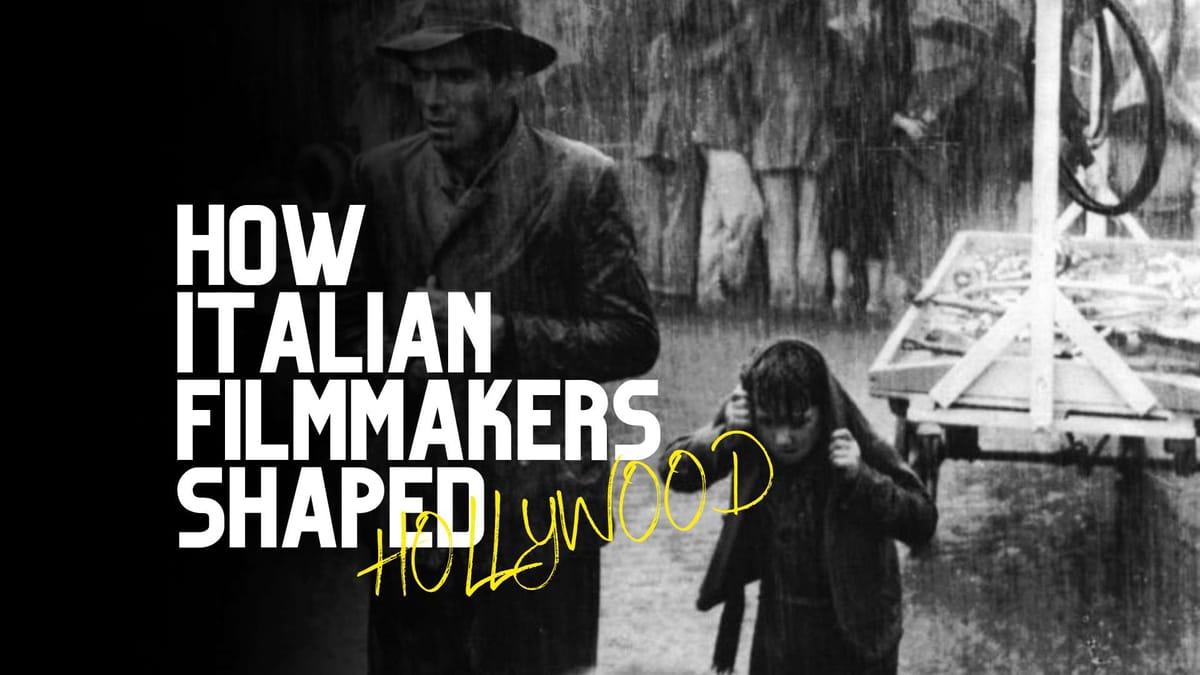Top 10 Video Nasties That Gave Britain the Chills

Alright, mates? Let's delve into one of the most controversial eras in British cinema: the video nasties craze of the 1970s and 1980s. These flicks were so outrageous that they sparked a nationwide moral panic, leading to censorship and outright bans. Get ready to relive the shocking moments that had the entire nation clutching their pearls as we list our Top 10 picks of Video Nasties
The Perfect Storm of Controversy
Picture this: it's the early 80s and a new technology called the VCR is making waves, allowing folks to watch movies in the comfort of their living rooms. Sounds harmless, right? Well, not according to the conservative moral guardians of the time.
As low-budget horror flicks from around the globe started flooding the video rental shelves, a moral panic erupted. Tabloids were having a field day, decrying these "video nasties" as a corrupting influence on society, especially the youth. Cue the fainting couches!
The Censors Strike Back
With the public outcry reaching a fever pitch, the government decided to step in and crack down on these salacious shockers. Enter the Video Recordings Act of 1984 and the almighty British Board of Film Classification (BBFC). Suddenly, a whole slew of cult horror classics found themselves on the chopping block – literally!
Despite the controversy (or maybe because of it), the video nasties phenomenon left a staining mark on horror cinema and pop culture. These films, with their uncompromising violence and taboo subject matter, pushed the boundaries of what was considered acceptable on screen.
1. The Evil Dead (1981)

Kicking off our list is the cult classic that started it all: The Evil Dead. This low-budget gem from Sam Raimi was a gore-fest of biblical proportions, with scenes of demonic possession and over-the-top violence that had censors scrambling for the barf bags.
The release of the film sparked controversy as Raimi deliberately pushed boundaries, resulting in an X rating and its classification as a "video nasty." This label typically applied to highly violent and contentious films, often associated with pornography or extreme content. Although not pornographic, The Evil Dead was among the most violent films of its era, drawing scrutiny from censors and affecting its commercial prospects. Despite its controversial status, it became the top-selling video release of the year and garnered significant notoriety. Alongside titles like Cannibal Holocaust and I Spit on Your Grave, it was considered one of the era's most infamous splatter films. While banned in some countries on video, it never faced an outright ban.
2. Cannibal Holocaust (1980)

If you thought The Evil Dead was rough, wait till you get a load of Cannibal Holocaust. This Italian shocker was so realistic in its depiction of violence and cannibalism that it sparked an actual murder investigation. Talk about commitment to your craft!
Cannibal Holocaust gained infamy for its extreme violence, sparking widespread controversy. Following its premiere in Italy, the film was confiscated by a local magistrate, and Deodato, its director, was arrested on obscenity charges. He faced accusations of creating a snuff film amid rumours suggesting that some actors were killed on screen. Although Deodato was eventually acquitted, the film remained banned in Italy, Australia, and numerous other countries due to its unsettling depiction of brutal violence, sexual assault, and animal cruelty. While some nations have since lifted the ban, Cannibal Holocaust remains prohibited in several countries. Critics have interpreted the film as a commentary on the dichotomy between civilised and uncivilised society.
3. Nightmares in a Damaged Brain (1981)

Directed by Romano Scavolini, this lurid narrative revolves around a psychiatric patient subjected to an experimental treatment that purportedly 'cures' him, only for him to revert to his murderous tendencies upon release. While the storyline delves deeper, the primary allure lies in its abundant nudity and explicit gore. Despite its questionable portrayal of mental illness and killer protagonists, the film primarily operates as a conventional, albeit excessively gruesome, stalk-and-slash thriller, earning a reputation that arguably exceeds its merits.
Nightmare quickly gained infamy within the horror community after being prohibited in the UK as a "video nasty," leading to the distributor receiving an 18-month prison sentence for refusing to remove a one-second sequence from the film.

4. I Spit on Your Grave (1978)

Controversial doesn't even begin to describe I Spit on Your Grave. This revenge thriller was labelled "a cinematic crimson tide of rape, butchery and mutilation" by critics, and its graphic depictions of sexual violence sparked outrage across the UK.
The movie initially had a limited release, followed by a wider distribution in 1980. Renowned film critics criticised it heavily for its graphic violence and prolonged portrayal of gang rape, leading to ongoing controversy. In 2010, TIME magazine listed the film among its Top 10 Ridiculously Violent Movies, further cementing its notoriety.
Currently free to Stream on Plex ( Ad Supported)


5. The Last House on the Left (1972)

Wes Craven's breakout hit was a brutal tale of revenge that left audiences shaken. With its unflinching portrayal of violence and disturbing subject matter, it's no wonder this film landed squarely on the "Video Nasty" list.
Throughout the 1980s and into the 1990s, the film remained banned, yet it cultivated a cult following in the UK, with critics like Mark Kermode praising its significance. In 2000, an attempt to obtain certification from the BBFC was unsuccessful, prompting Blue Underground to tour an uncut version across Britain without official approval. Southampton City Council issued its own 18 certificate for the uncut print, and a special screening was licenced in Leicester in June 2000. Despite these efforts, the BBFC maintained its refusal to certify the film. In June 2002, the Video Appeals Committee upheld the BBFC's decision against an appeal by Blue Underground Limited. The BBFC mandated 16 seconds of cuts to scenes depicting sexual violence before granting an '18' certificate for the video.
6. The Grim Reaper (1980)

In 1980, Anthropophagous: The Beast (better known as) was released uncut in the United Kingdom by VFP, swiftly earning notoriety on the government's Department of Public Prosecutions list, commonly dubbed the "Video Nasty" roster by tabloids. Subsequently, it faced prosecution under the Obscene Publications Act in 1984. Prior to its ban, a truncated version of the film surfaced in the UK through a small video outfit called Videoshack, garnering considerable interest among aficionados for its rarity. Later, the film received a theatrical release in the United States in the fall of 1981 under the title The Grim Reaper, distributed by the former independent company Film Ventures International. This version underwent significant editing to secure an R rating and was dubbed for American audiences.
7. The Driller Killer (1979)

Imagine a drill-wielding maniac running amok in the streets of New York, and you've got the gist of The Driller Killer. This grindhouse gem was too graphic for its own good, earning it a spot on the infamous "Video Nasty" list.
Numerous edited versions of the film remain available, featuring scenes of drilling into heads and abdomens. In the unedited version, specific segments are masked using red colouring, most prominently in the final scene.
8. The Beyond (1981)

Lucio Fulci's supernatural horror flick was a masterclass in gore and depravity. From eyeball-gouging to acid-melted faces, The Beyond had it all—and the censors weren't having any of it.
The movie, renamed Seven Doors of Death, underwent substantial editing to lessen the graphic violence, accompanied by a fresh musical score. This revised version, known by its alternate title, was swiftly distributed on video by Thriller Video.
9. Faces of Death (1978)

This pseudo-documentary was marketed as a real-life glimpse into death and violence, making it one of the most controversial films of its time. Faces of Death was so shocking that it sparked a nationwide moral panic and calls for stricter censorship laws.
10. Cannibal Ferox (1981)

Rounding out our list is the aptly titled Cannibal Ferox, a stomach-churning exercise in onscreen depravity that made Cannibal Holocaust look like a Disney flick. With its graphic scenes of cannibalism and torture, this Italian shocker was a prime target for the censors.
Even today, the most complete DVD version available in the UK is missing around six minutes of the nastiest bits, primarily the stomach-churning animal torture scenes. Those controversial clips were pre-cut before the flick went to the BBFC for rating.
There you have it, folks—a glimpse into the twisted world of the "Video Nasties" that had Britain and the world up in arms. These flicks were so shocking and boundary-pushing that they sparked a nationwide moral panic, leading to censorship and outright bans. Love 'em or hate 'em, there's no denying their impact on cinema history and the enduring allure of the macabre.







Comments ()